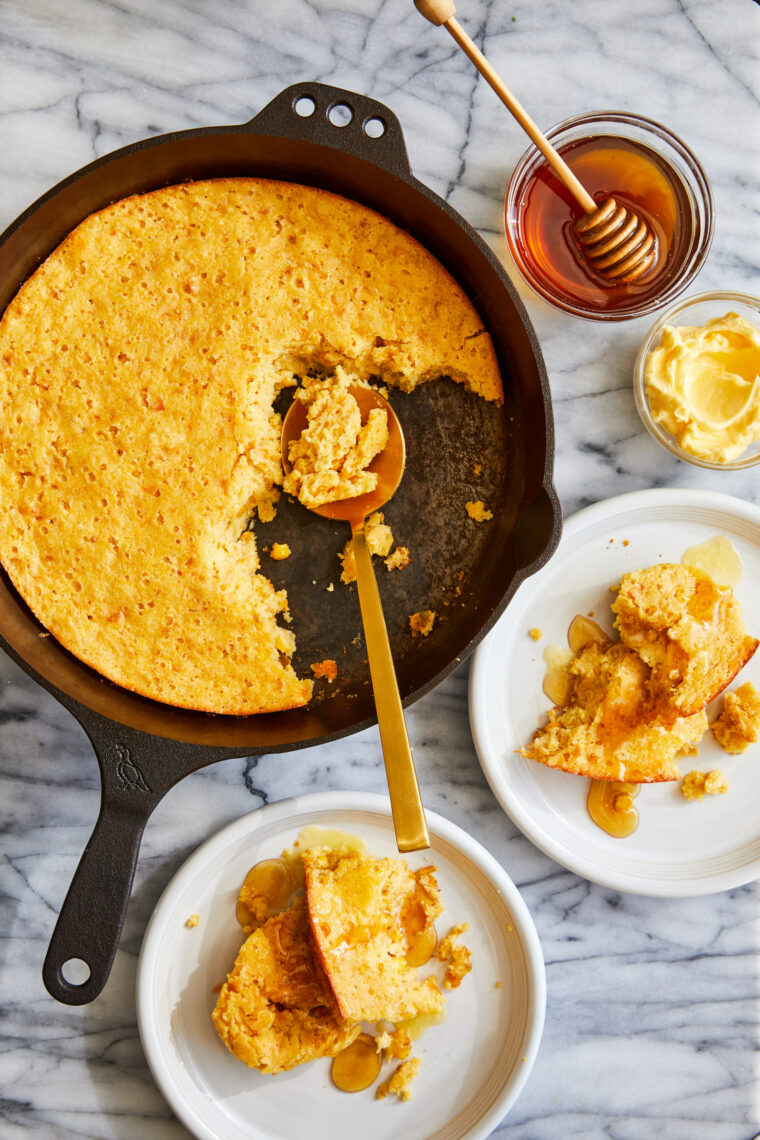

I first learned about the versatility of osage orange wood (and its limitations) by visiting the studio of local woodworking artist Craig Nutt:Īt that time he was experimenting with osage orange inlays. 5.) will not soak up any food odor into the wood. 4.) Will never fuzz up, no matter how long it is soaked in water. You can contact the website above and they can give you the reasons why, but a couple of the reasons are 1.) Very hard. It would take a book to explain all the reasons. There are soooooo many reasons why Osage is the best. Here is the only site on the internet that uses Osage Orange to make their wooden utensils.

There is only a few woods that I recommend for making wooden utensils. They use sawdust in the cracks with glue (one guy uses epoxy). The people I know who work with this wood coat the cut surfaces with a thick layer of parafin and keep their stock under damp burlap until they are ready to use it. Ive done quite a lot of research on it since there is a lot of it here (Alabama) used for living fences/hedgerows. This guy says he prefers osage orange also. Some more info on woods that are safe for birds (and by proxy perhaps, humans) can be found here: Since wood utensils rarely come into contact with liquids for long enough to transfer significant amounts of soluble materials (remember, wine has to sit in oak barrels for months before it picks up enough tannin to taste) you're probably fine using these woods, especially for serving spoons (as opposed to cooking spoons which contact hotter liquids for longer), and definitely for serving bowls.

Beech in particular has worked well for me - I even made a spatula about 1/8 inch thin from it in college, and it's lasted me for almost 9 years with no rest.Ĭherry, plum, apricot and other stone fruit woods do have cyanogenic glycosides in them, though not nearly as high of quantities as the pits. Because of that, some of the more popular woods are actually those that aren't good for much else: Beech, Sycamore, and Apple all come to mind. Generally, in spoons you're not so much worried about the strength of the wood so much as it's propensity to splinter - nobody wants splinters in their soup, and splintery, fiberous woods (like pine, poplar, or birch) sometimes get a hairy texture that is difficult to clean.


 0 kommentar(er)
0 kommentar(er)
